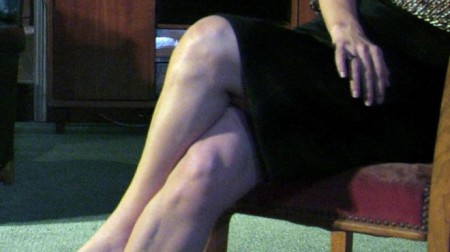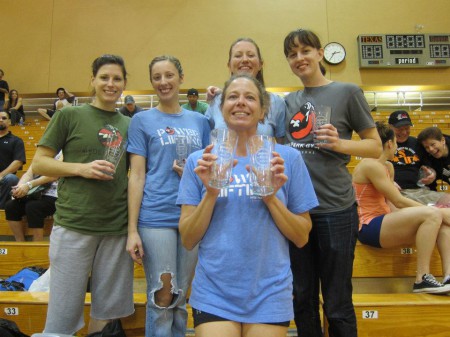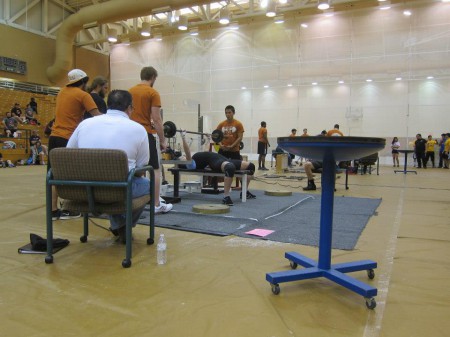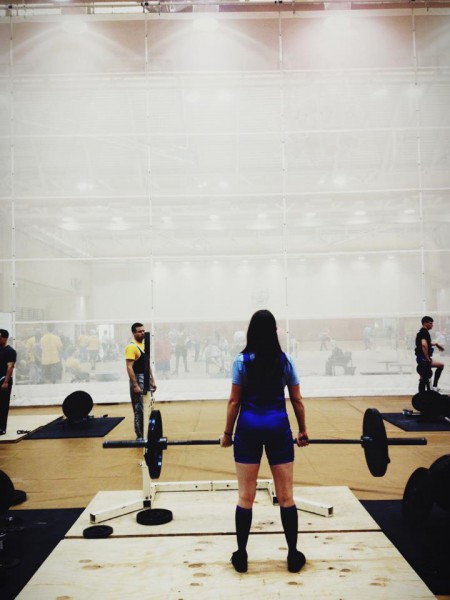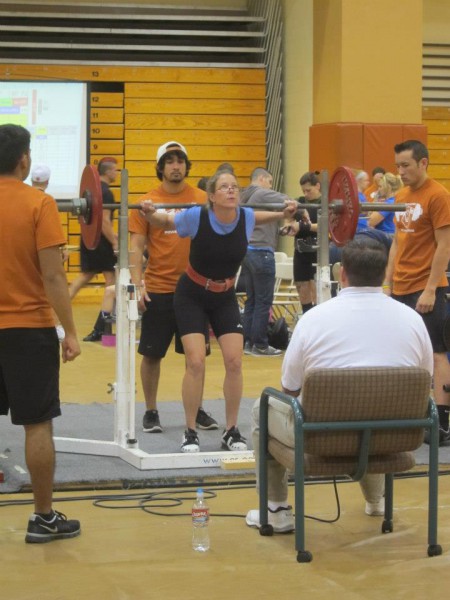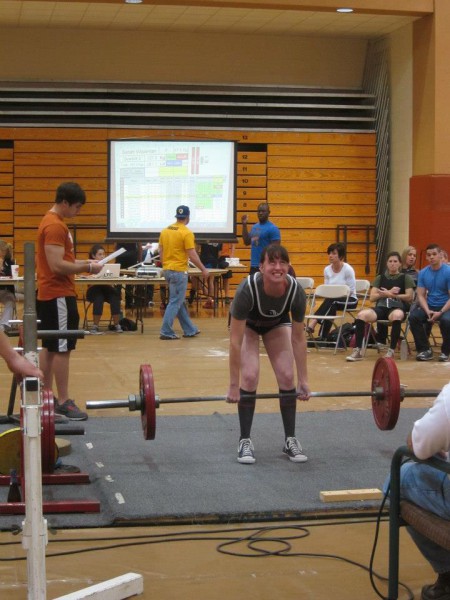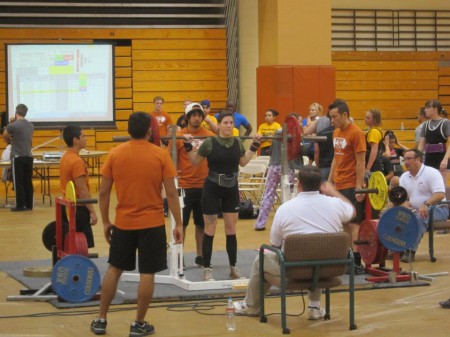Usually Monday’s are about a female training topic. Today’s applies to both men and women with hypermobility, particularly with spinal position. You women will have to let me know what you want to hear about, because a year of female topics has left me out of ideas.
We spend so much time thinking about how to improve mobility and flexibility with tight, inflexible lifters that it’s easy to forget hypermobile trainees. While there are a few hypermobile guys, it mostly applies to women. The primary area or hypermobile concern is in the spine via over extension.
The above MobilityWOD video shows Kelly Starrett working with Jenny LaBaw, a CrossFit Games competitor. Jenny has a bad habit of over extending her spine during lifting (particularly during squatting and pulling movements). This not only leads to undue stress on the spine, but it also facilitates poor shoulder and neck positioning. The over extension can be addressed by cuing trunk stability — something that makes the person clamp down their lower abs — yet it the trunk would still round under heavy loads and only cuing the abdomen would leave out necessary hip musculature that can fix the problem.
In the video, Kelly states that Jenny is “hanging off of her hamstrings”. In other words, her hip is flexed (meaning the distance between the front of her trunk and her thigh has decreased) while standing, and her hamstrings are anchoring her trunk from falling over. The problem, as Kelly says, is that she has not effectively engaged the rest of her hip musculature — namely the gluteals and the rest of the external rotators. By activating this musculature, it more evenly distributes the force across those muscles to allow their involvement in the movement or to stabilize it. This concept is important in lifting because it takes a movement from “moving the bar from point A to B” to something that properly engages and works all of the musculature to produce more force safely. It’s more efficient, safer, and garners better performance (by either allowing more reps with light weight or applying more force with heavy weights).
Kelly cues Jenny to produce torque on her hip by actively pushing her knees out. However, instead of thinking about this as just moving the knees out, think about the knees moving out because the femur (thigh bone) rotates laterally (towards the outside). This produces the “torque at the hip” that Kelly frequently alludes to, but it helps contract and engage all of the musculature in pulling or squatting motions. I’ve also done several posts and videos to help explain this concept (“Hip Torque”, Toe Angle, and Squatting; Should I Point My Toes Forward?; and Public Service Announcement: Toe Angle) , and the same “torque to engage musculature” applies to pressing (The Lats While Benching and 3 Press Fixes).
Lastly, notice how Kelly coaches Jenny through a couple of movement drills that work on engaging this musculature through hip flexion in an abbreviated RDL and squat. He greases her through that beginning range of motion — right when the hip starts to flex and the spine accumulates load. These “drills” don’t need to be a primary focus, but a trainee could consider them a primer before warming up the large scale movement. They could also be implemented in assistance exercises; the RDL is an effective exercise for most athletes and it is only improved by emphasizing tension at the hips.
Whether you’re a coach or a trainee, you now know that when spinal over extension occurs, it can be eradicated by providing tension and torque in the rest of the hip area. And if you’re into Jenny in the video above, you’ll probably like this video too:

